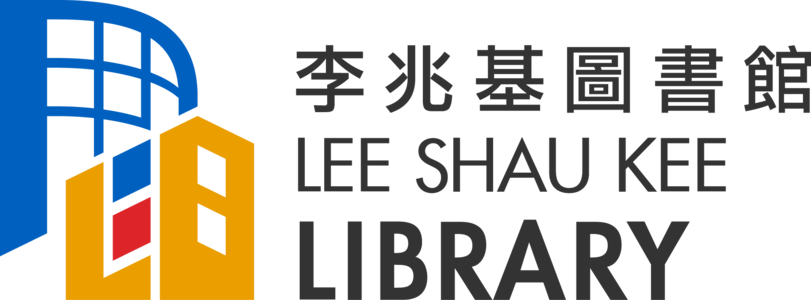Ex libris (Bookplates) in Hong Kong
In the past, people made ex libris (bookplates) because they cherished books with great affection and care. A bookplate is a personalized mark for a book, a form of art to be appreciated, and also a valuable collectable. The motifs and artistic styles of bookplates act like identity cards for books, telling by whom the books are collected; earning the reputation of “a gem on paper”. A book with a bookplate is like a precious child with a mother — it is a proof of being cosseted.
Nowadays, bookplates are treated more like stamps in philately (the study of stamps), often as objects of collection and exchange for collectors or bookplate owners. As the size of a bookplate is often smaller than a normal-sized print, it is relatively easier to make, and the cost of collecting bookplates is usually affordable. However, this unique art form, which is closely related to reading and the book collecting, still remains relatively unknown in Hong Kong.
The dimensions of traditional bookplate vary, depending on the size of books. In general, early illustrated bookplates containing text, the word “ex libris” or equivalent, and the name of the owner take the form of 3 x 5 inches. These small prints can be produced from woodcut printing, lithography, etching, silkscreen or color process printing. Apart from printed bookplates, there are also those made with hand-painted techniques, paper cutting, rubbing, photography, and computer generated design and others. Traditional bookplates would include coats of arms, portraits of the owners, their interests, hobbies, etc. They may also feature aphorisms and mottos that express insights on and appreciation of reading and book collecting.
Europeans spread the culture of bookplates to other parts of the world; but the extent of acceptance differs in these places. Until now, bookplate artists in Europe have been relatively more active. In Asia, bookplate culture is concentrated in Japan and the region of Greater China; but bookplates are yet to be popular in the region of Southeast Asia. This phenomenon reflects the difference in history and culture of different countries.
In Hong Kong, the 1930s was a period which saw renowned writers, such as Ye Lingfeng (葉靈鳳, 1905-1975), start to introduce and create bookplates of Chinese styles. Later, writers, including Tung Chiao (董橋b. 1942) and Wong Chun Tung (黃俊東, 20th century), and local artists, including Mui Chong Ki (梅創基b. 1940) and others, introduced bookplates in newspaper columns. Mui was the first artist in Hong Kong to organize an exhibition on the subject of prints and bookplates in a private art and design school. Mui states that Tong Ying Wai (唐英瑋, 20th century) and Chan Chung Kwong (陳仲綱, 20th century) are among the earliest local artists who made bookplates in Hong Kong. It was not until Yu Yuan Hong (余元康b.1956), a local collector and painter, working with other print-makers interested in bookplates, established the Hong Kong Ex-Libris Association (HKEA) in 1989 that such delicate and fine literati objects were promoted in an organized fashion to the public.
Commemorating the thirtieth anniversary of the establishment of the HKEA, this is a special exhibition of international bookplates co-organized with the Hong Kong University of Science and Technology Library. Featuring an ensemble of bookplates from Hong Kong and various countries, it reignites the culture of bookplates which had almost vanished in Hong Kong.
Most of the exhibits in this exhibition are printed bookplates. I hope that through using the Hong Kong University of Science and Technology Library (a treasure house of knowledge) as a platform, we can introduce the art and technical aspects of bookplates. In addition to helping the audience understand how to appreciate bookplates, this exhibition ultimately strives to contribute to the continuity and development of this disappearing art in Hong Kong.
Dr. Sarah Ng Sau Wah
Research Assistant Professor
Academy of Visual Arts
Hong Kong Baptist University

